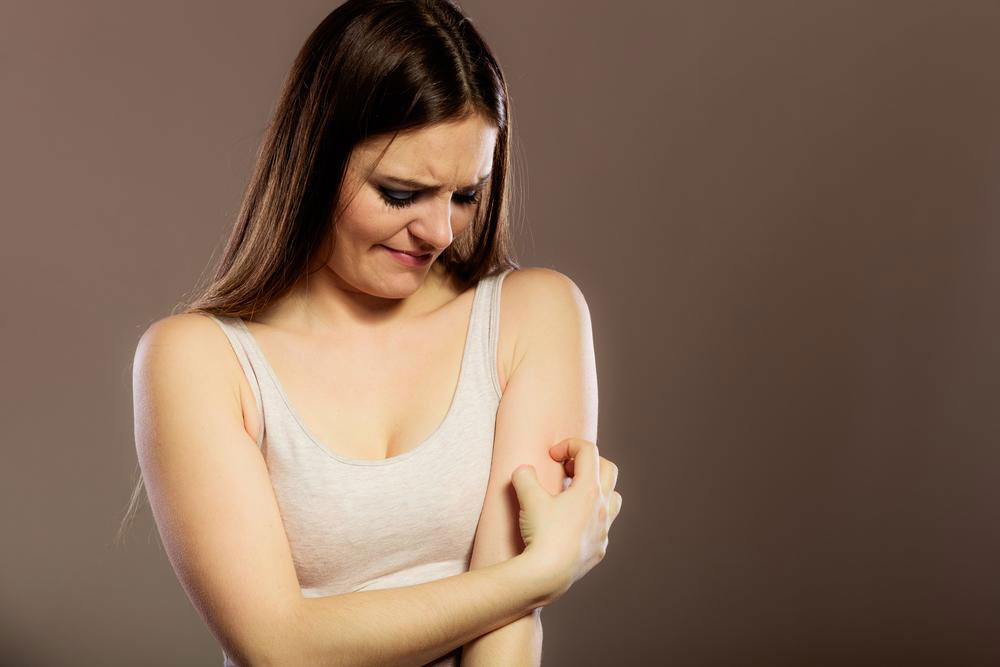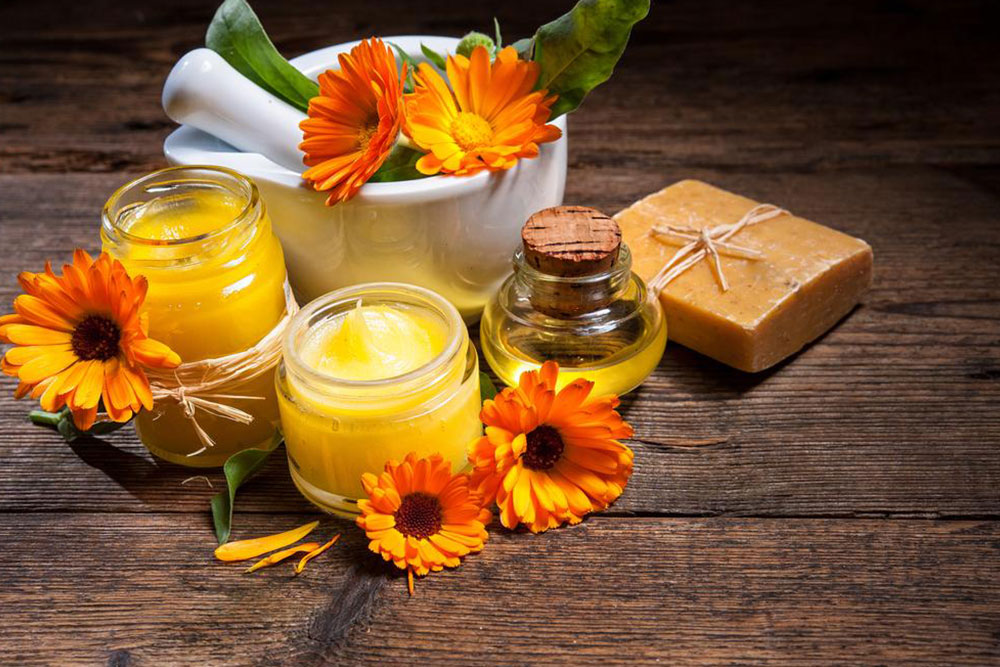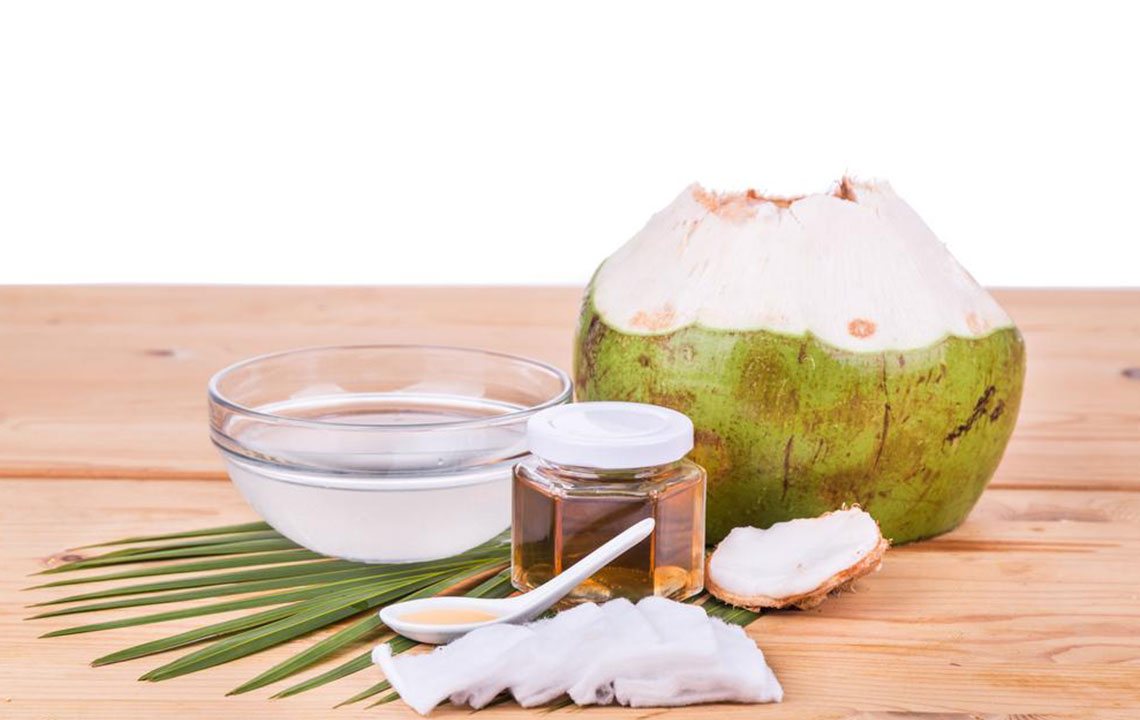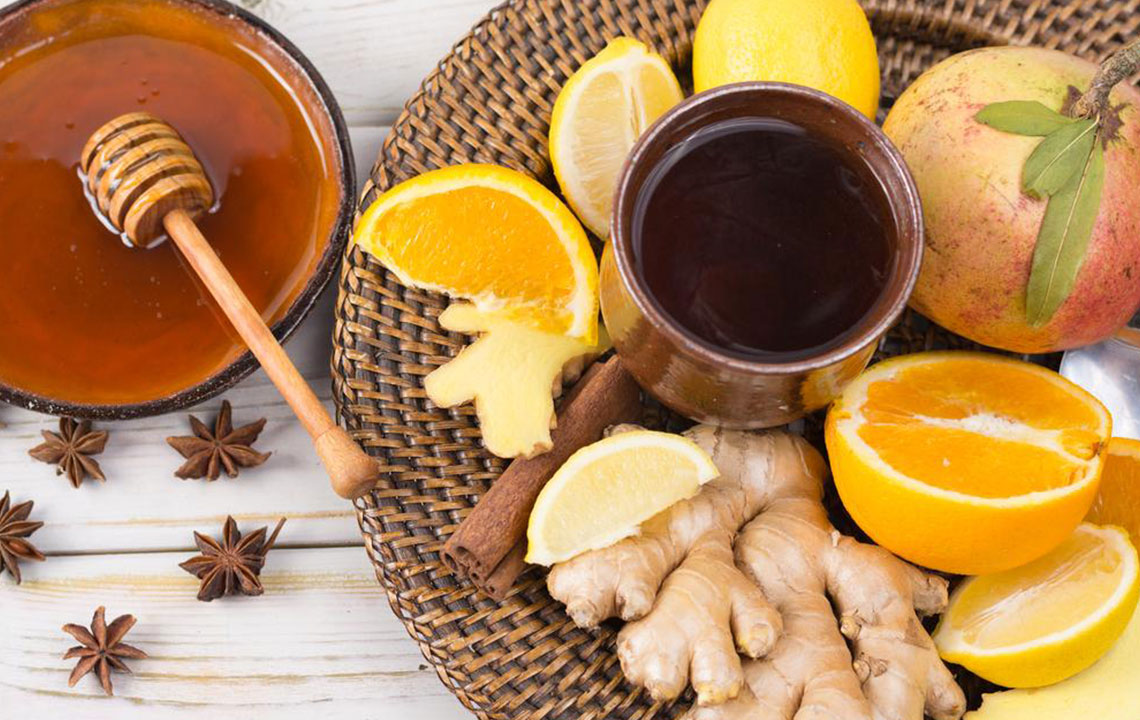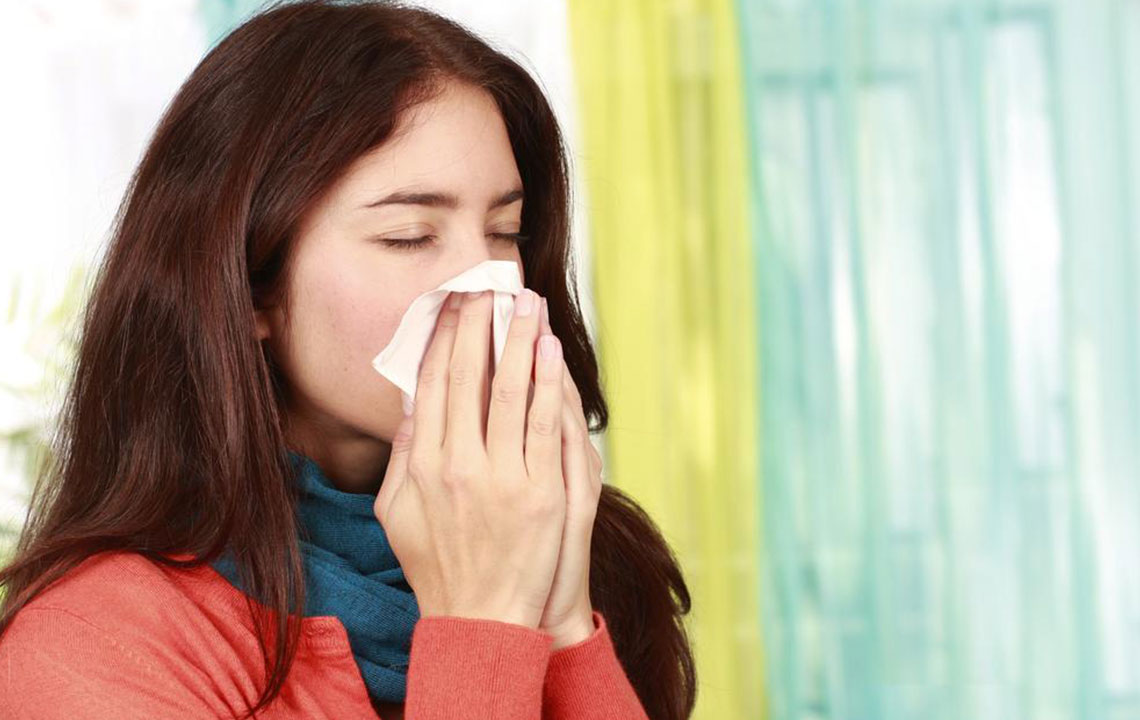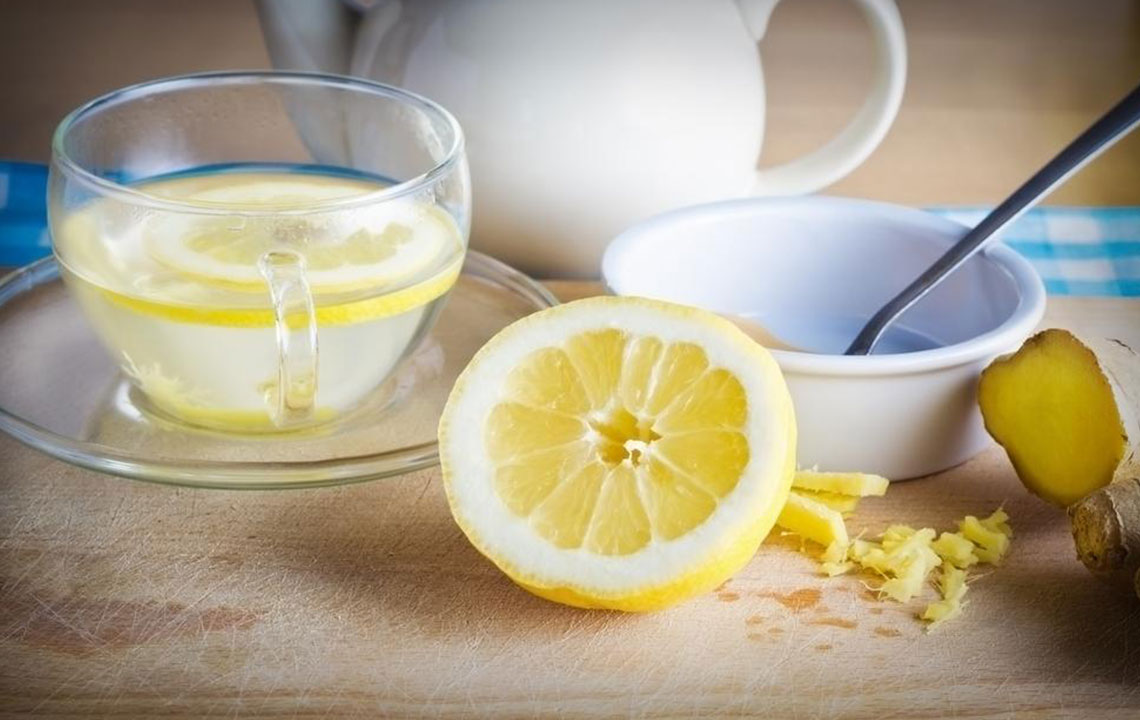Comprehensive Guide to Managing Skin Abscesses: Effective Strategies and Precautions
This comprehensive guide covers effective strategies and precautions for managing skin abscesses. It discusses home remedies, when to seek medical care, and preventive tips to ensure proper healing and avoid complications. Whether you’re dealing with a small boil or a persistent abscess, this article provides valuable insights to promote safe and effective treatment.

Comprehensive Guide to Managing Skin Abscesses: Effective Strategies and Precautions
Skin abscesses, commonly known as boils, are localized collections of pus beneath the skin that can occur anywhere on the body. They vary greatly in size, from small bumps to large, painful swellings. Proper management, early detection, and understanding the appropriate care techniques are crucial for effective healing and preventing complications. While many skin abscesses can be treated easily at home, persistent or severe cases require professional medical intervention to prevent the spread of infection or more serious health issues.
Understanding the nature of skin abscesses, their causes, symptoms, and the best practices for treatment, both traditional and natural, can significantly enhance recovery outcomes. This comprehensive guide aims to provide detailed information on managing skin abscesses, offering practical advice, precautionary measures, and effective home remedies to facilitate healing and avoid complications.
What is a Skin Abscess?
A skin abscess is a pocket of pus that forms as a result of infection, typically caused by bacteria such as Staphylococcus aureus. The infection leads to inflammation, swelling, redness, pain, and warmth around the affected area. The abscess can develop in any part of the body, including the face, neck, armpits, thighs, or buttocks. Several factors can increase the risk of developing abscesses, including poor hygiene, immunodeficiency, underlying medical conditions like diabetes, and skin injuries.
Signs and Symptoms of Skin Abscesses
Persistent swelling or lump under the skin
Severe, throbbing pain at the site of the abscess
Redness and warmth around the affected area
Presence of pus or a visible head on the lesion
Fever or chills in severe cases
Swollen lymph nodes near the infected area
Why Proper Care Is Crucial
Effective management of skin abscesses involves a combination of home remedies, good hygiene, and when necessary, medical treatment. If not handled correctly, abscesses can enlarge, rupture, or spread infection to other parts of the body. This can lead to complications such as cellulitis, septicemia, or deep tissue infections. Therefore, early recognition and appropriate treatment are imperative.
Home Remedies and Precautions for Managing Skin Abscesses
Most small skin abscesses can be managed at home with simple remedies and precautions. Below are effective methods to promote drainage, reduce inflammation, and prevent infection spread:
Refrain from squeezing or puncturing the abscess yourself, as this can worsen inflammation, cause the infection to spread, and lead to scarring.
Apply warm compresses several times daily to encourage natural drainage and reduce pain. Use a clean cloth soaked in warm water, and hold it against the abscess for 10-15 minutes each time.
Keep the affected area covered with a sterile bandage to prevent contact with external contaminants and to contain any drainage.
Maintain strict hand hygiene. Always wash hands thoroughly with soap and water before touching or treating the affected area to reduce bacterial spread.
Avoid tight clothing or anything that might aggravate the swelling or cause additional irritation.
Ensure proper wound care after drainage, keeping the area clean and dry until healing is complete.
When to Seek Medical Attention
While many abscesses resolve with home treatment, certain symptoms warrant prompt medical attention. Seek professional care if you experience:
Fever or chills
Increasing pain or swelling despite home remedies
Red streaks radiating from the abscess
Multiple abscesses developing simultaneously
Experiencing lymph node swelling
Underlying health conditions such as diabetes, immune deficiencies, or skin infections that worsen or do not improve
Medical Treatments for Persistent or Severe Abscesses
Healthcare providers may perform procedures such as incision and drainage (I&D) to remove pus and facilitate healing. They may also prescribe antibiotics to control infection, especially if the abscess is large, recurrent, or accompanied by systemic symptoms. Always follow medical advice diligently and avoid attempting to drain abscesses on your own when they are large or complicated.
Natural Remedies to Accelerate Healing
In addition to medical treatments, several natural remedies have been traditionally used to assist in reducing inflammation, drawing out pus, and promoting tissue repair. Here are some effective natural options:
Turmeric: Known for its anti-inflammatory and antibacterial properties, turmeric can be consumed as a supplement or applied topically as a paste mixed with water or honey.
Tea Tree Oil: This potent antiseptic can be applied cautiously by dabbing a few drops on the abscess using a cotton swab. Dilute with a carrier oil if necessary to prevent skin irritation.
Castor Oil: Well-known for its anti-inflammatory effects, castor oil can be gently massaged into the skin around the abscess to help draw out toxins.
Warm Milk with Salt: Soaking a cloth in warm salted milk and applying it on the abscess may promote drainage and reduce inflammation.
Egg Whites: When boiled, cooled egg whites can be applied directly to the abscess to help with healing and reducing swelling.
Onions: With natural antimicrobial qualities, slices of onion placed on the abscess can aid in infection control and pus drainage.
Cornmeal: Its absorbent properties can help draw out pus when applied as a warm poultice on the skin.
Cumin Seeds: A paste made by grinding cumin seeds with water, applied directly to the affected area, can potentially aid healing.
Parsley Leaves: Boiling parsley and wrapping the leaves around the abscess can encourage drainage and tissue repair.
Black Seeds: Ground black seeds applied as a paste or consumed as oil in water twice daily may support immune response and infection control.
Indian Lilac (Neem): Boiled neem leaves can be used as a paste or patch to utilize their antiseptic properties against skin infections.
Precautions When Using Home Remedies
While natural remedies can be effective, they should be used cautiously. Always perform a patch test before applying any herbal paste or oil, especially if you have sensitive skin or allergies. If symptoms worsen or do not improve within a few days, consult a healthcare professional. Additionally, avoid using home remedies on large, deep, or multiple abscesses that could require medical intervention.
Preventive Measures
Preventing skin abscesses is essential for maintaining overall skin health. Practice good personal hygiene, maintain a balanced diet to support immune health, and keep skin injuries clean and covered. Avoid sharing personal items such as towels, razors, or clothing that can harbor bacteria.
Conclusion
Managing skin abscesses effectively involves timely recognition, proper home care, and when necessary, professional medical treatment. Most small abscesses can resolve with simple remedies and precautions, but persistent or complicated cases should be evaluated and treated by healthcare providers to prevent serious complications. Combining traditional remedies with modern medicine, along with maintaining good hygiene, can facilitate quicker recovery and minimize the risk of recurrent infections.
